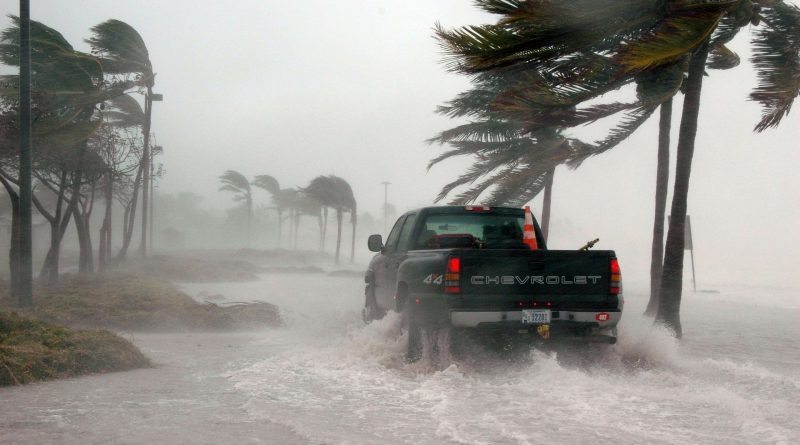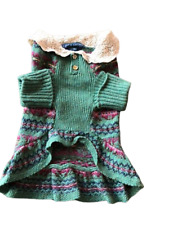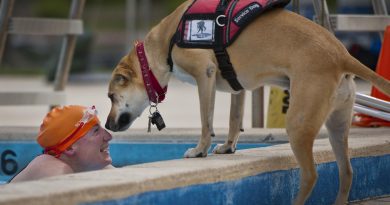Making a Disaster Plan That Includes Your Pets

Don’t be forced to leave your pet behind in an emergency. Have a plan in place to keep yourself, your family, and your pets safe.
1. Plan Ahead
Don’t wait until there’s a storm on its way to start planning and preparing. The time to do your planning is now, while there’s no need for urgency. Here are some things that can be taken care of well ahead of time.
- Identify your pet: At the very least, all of your animals should be wearing a collar with their name and your cell phone number on it. Microchipping is even better, and it can seriously increase your chances of being reunited with your pet if you become separated. Better yet, have both. The average person who finds a pet may not be able to scan a microchip, but they can certainly read a tag.
- Have a disaster kit prepared: Take the time to prepare a disaster kit for yourself and all of your pets. Don’t forget to include items needed for feral or outside cats, horses, and other farm animals.
- Decide where you’re going to go: In most cases, you will not be allowed to take your pets with you to a local emergency shelter. Contact your local emergency management to find out if there are shelters that allow pets in your area and find out what the requirements are.
Also, compile a list of hotels outside of your immediate area that allows pets. Contact them to confirm that the number, type, and size of pets you have will be allowed. Keep the numbers in a handy place so you can call them for a reservation as soon as you think an evacuation may become necessary in your area.
2. Don’t Leave Your Pet Behind if You Need to Evacuate
If it’s not safe for you to stay at home, it’s not safe for your pets, either. There’s no way to know how long you’ll be gone and pets left behind could easily be lost or injured. If you absolutely can’t take your pets with you, contact local animal shelters to see if your pets might be able to stay there during while you’re gone.
Plan on evacuating as early as you can. Don’t wait for a mandatory evacuation order. Your pets may become panicked in the chaos or you could end up stuck in traffic with your pets in the car.
3. If You Decide to Stay Home, Be as Safe as Possible
If you decide to wait out the disaster at home, do it as safely as possible. Create a safe spot in your home for you and your pets. Keep cats in carriers and dogs on leashes so they don’t get lost if they panic. Put all of your emergency supplies in your safe room and have a battery powered emergency weather radio handy to keep you updated.
4. Use Caution After the Disaster Passes
Don’t let your guard down when the disaster has passed your area. Keep pets on a leash or keep them inside so they don’t get lost or injured in the mess. There could even be damage to your home that might allow a panicked pet to escape, so check the area thoroughly. During a flood, wild animals may seek refuge in your yard, especially if it’s on high ground, so be cautious when you need to venture outside.
Disaster plans aren’t just for people, they’re for pets, too. You are responsible for the safety of any animals in your care, and planning ahead can only make your job easier.













